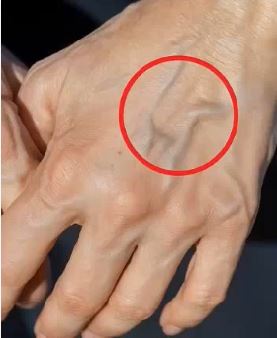
Visible or bulging veins are quite common and often harmless, though in some cases, they may signal an underlying health issue. Understanding why veins become more noticeable helps determine when medical attention is needed. Common causes include intense exercise, aging, warm weather, tight clothing, genetics, sun exposure, and excess weight — all of which can temporarily increase blood flow or pressure in the veins, making them appear more prominent.
In most situations, visible veins are not dangerous. However, when accompanied by pain, swelling, or discoloration, it’s important to consult a doctor. Bulging occurs when blood pools in weakened or damaged veins instead of flowing efficiently back to the heart. This can lead to varicose veins — enlarged, twisted veins that typically appear in the legs, though they can also develop in the arms.
According to the Cleveland Clinic, factors like smoking, obesity, genetics, hormonal changes (especially during pregnancy), and long periods of sitting or standing can raise the risk of developing varicose veins. Treatment depends on severity and may include elevating the legs, wearing compression stockings, injection therapy, or in more advanced cases, surgical procedures.
If left untreated, varicose veins can lead to complications such as venous ulcers — slow-healing wounds near the ankles — or increase the risk of blood clots, including deep vein thrombosis or pulmonary embolism. To reduce these risks, experts recommend regular exercise, maintaining a healthy weight, avoiding smoking, and wearing loose-fitting clothing. Staying proactive about circulation and vein health not only minimizes discomfort but also helps prevent long-term complications.